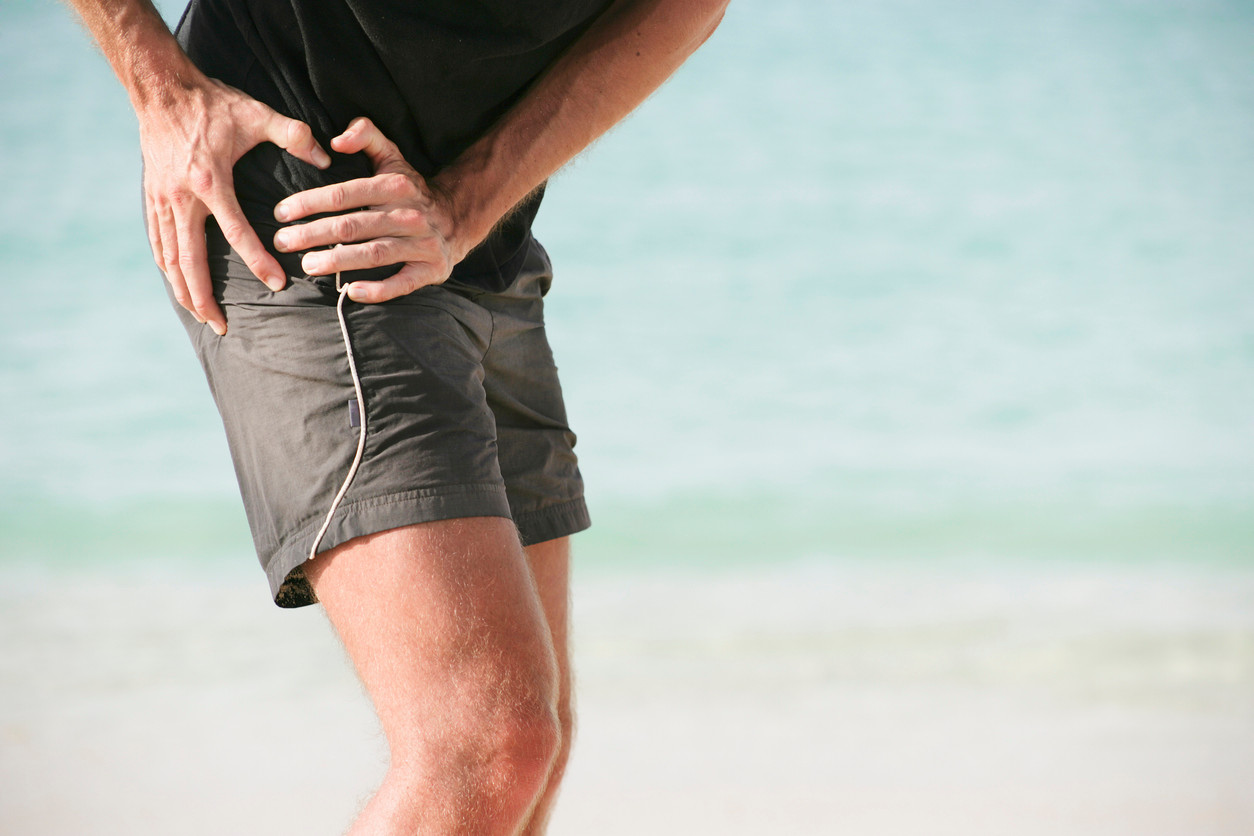Cómo manejar el dolor de los flexores de la cadera: ejercicios y consejos del fisioterapeuta
Aprende qué causa el dolor flexor de cadera y cómo prevenirlo y tratarlo, especialmente con ejercicios recomendados por fisioterapeutas.
$0 costo para usted
Última actualización: May 7, 2025
El índice
Fully covered hip pain relief
Find relief from hip pain, buttock pain, hip tendonitis, & more.
Check if I'm eligibleExercises to relieve hip flexor pain
¿Quieres atención de expertos? Consulta si estás cubierto por nuestro programa gratuito →- Estiramiento flexor de cadera
- Rotación externa de cadera
- Ejercicio "deadbug" o insecto muerto
- Marchas Permanentes
